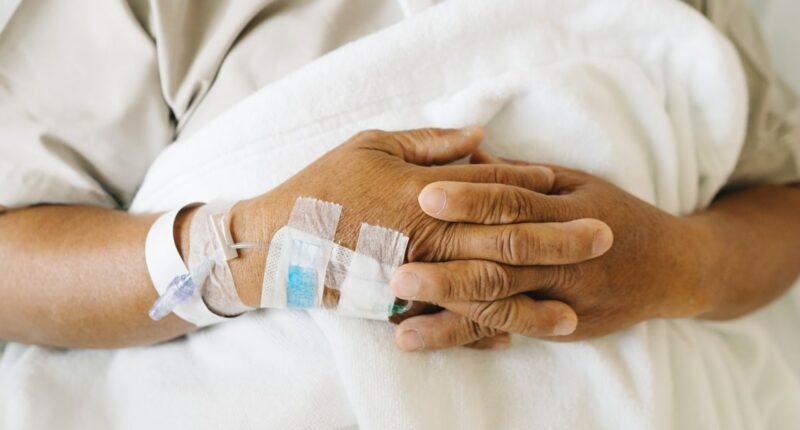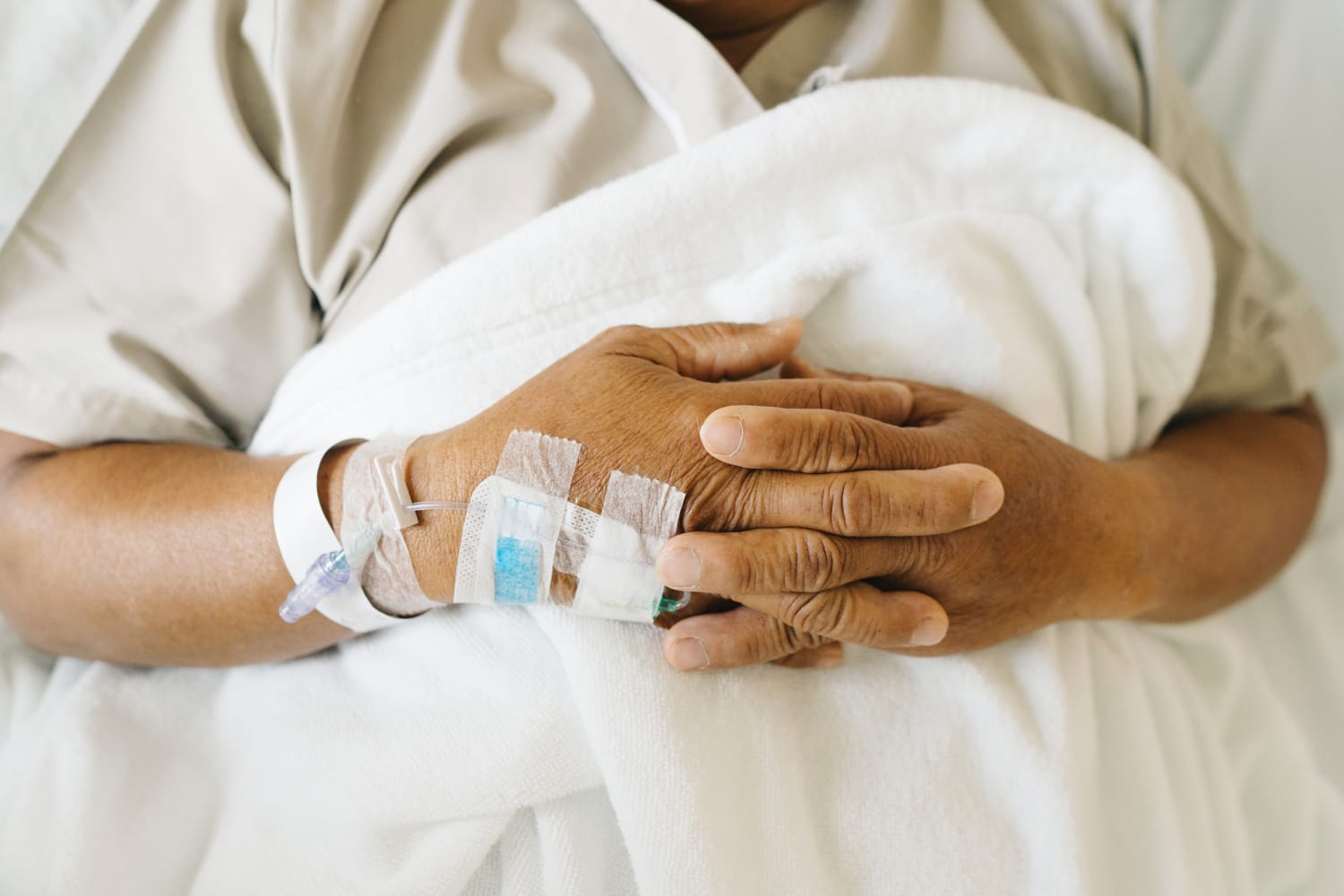
New research shows that Native Hawaiian and Pacific Islanders between the ages of 20 and 49 have the highest death rates from any type of cancer among all racial groups of that age bracket.
The findings, published last month by the National Cancer Institute, weren’t immediately apparent in previous research because federal data has traditionally grouped together those of Asian, Native Hawaiian and Pacific Islander descent, concealing the disparities, the report said.
“We have shown the importance of disaggregating Asian and NHPI individuals, as these groups have disparate cancer mortality rates that are hidden when analyzed together,” researchers wrote. “Policies aimed at equitable cancer prevention, early detection, and treatment, as well as disaggregation of data for racial/ethnic subpopulations are needed to address disparities in cancer mortality across racial/ethnic groups.”
Those of Asian descent, the manuscript pointed out, has the lowest cancer death rates across every age group and, when combined with data on Native Hawaiian and Pacific Islanders, the death rate largely ended up reflecting the low incidence of the disease among Asian Americans
While the Office of Management and Budget disaggregated the Native Hawaiian and Pacific Islander populations from Asian Americans in 1997, the National Center for Health Statistics didn’t release single-race mortality data until almost two decades later, when all states implemented the new classification on death certificates, the report said. Therefore, data on Native Hawaiian and Pacific Islanders, who represent an estimated 0.4% of the U.S. population, remained “masked.”
The report, which also looked at cancer death rates across other racial groups, showed additional disparities. Data on cancer mortality rates among males showed Black men with the highest numbers, followed by whites and Latinos. In looking at women, the mortality rates were highest among Black women. Native Hawaiian and Pacific Islander women came second, followed by white females.
High cancer death rates in Black, Native Hawaiian and Pacific Islander communities are likely due in part to unequal access to health care, the report said. Marginalized communities are also more likely to receive “suboptimal” cancer treatment that may not be consistent with the recommended clinical practice guidelines, and are less likely to be included in clinical trials, the report noted.
Structural racism was another underlying cause of the racial and ethnic gaps in health. The American Cancer Society’s guidelines for cancer prevention, the researchers point out, focus on “modifiable lifestyle factors” like obesity and physical activity. However, Black, Latino, American Inuit, American Indian, Native Hawaiian and Pacific Islander communities, which have high obesity rates, are more likely to live in communities with food deserts, high rates of economic insecurity and greater barriers to physical activity.
The legacy of U.S. colonization of Hawaii and the long history of “Western interference” has also contributed to health disparities among the Native Hawaiian and Pacific Islander populations, Dr. Loïc Le Marchand, associate director for population sciences at the University of Hawaiʻi Cancer Center, told NBC News.
“If we compare Polynesians in the South Pacific and Native Hawaiians, not only is the level of obesity higher [in Native Hawaiians], but the type of obesity is different,” Le Marchand said. “The distribution of fat is different. … It’s not just linked to eating more, but it’s also linked to composition of diet.”
More disaggregated data and better information on specific populations are critical, Le Marchand said, as they can make a difference in the decision-making. And while there are some programs in place in Hawaii and across the country that address these gaps in health care, they are still limited.
“Native Hawaiians have been disadvantaged, understudied … for many decades,” Le Marchand said. “Those health issues exist and need to be addressed.”
Le Marchand said that when it comes to treating Native Hawaiian and Pacific Islander populations and other marginalized groups, it’s “not just funding a program here and there.” Integrating leaders from these communities is critical to dispense appropriate care and treatment, he said.
Source: | This article originally belongs to Nbcnews.com










